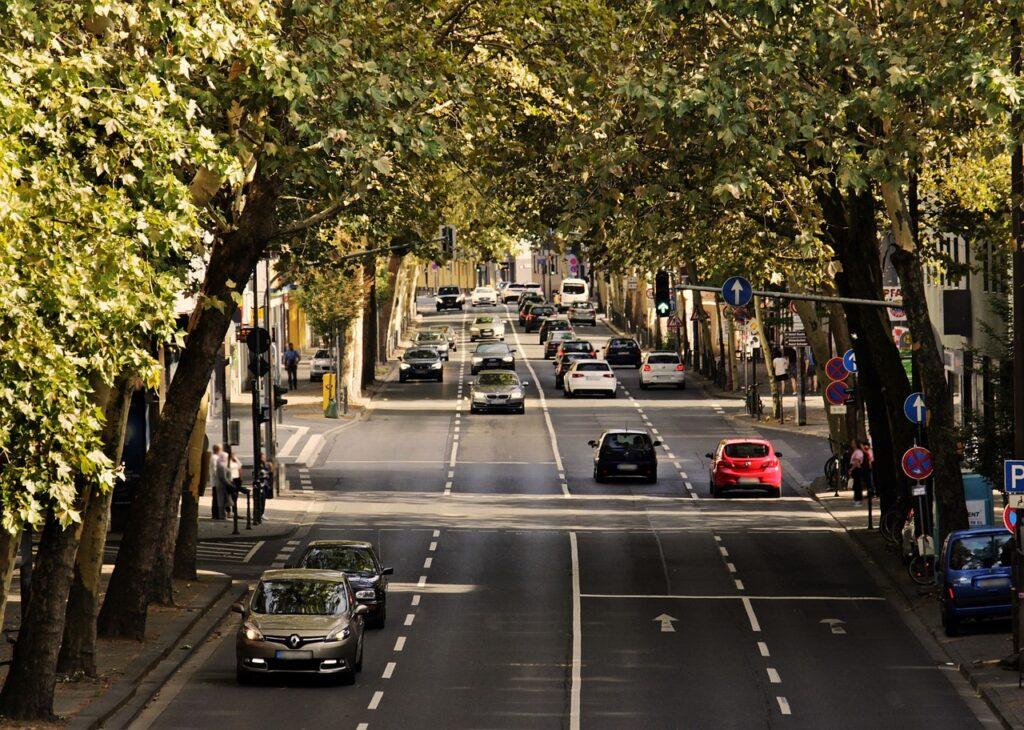By Jorge Lopera
Retail supply chains are complicated, with factories, container ships, and communication networks spanning thousands of miles across the globe to connect raw materials with end consumers. Supply chains have become complex webs of global activity due to the emphasis logistics managers have placed on the first mile, crossing oceans in search of affordable labor and favorable taxes, tariffs and regulations.
But investment and attention are now shifting. With increasing e-commerce activity, organizations have a newfound focus on last-mile delivery. The convenience of not having to go to the store to bring products home has now become the burden of retailers as more products are ordered online and delivered to consumers. Delivery has become both an extension of a retailer’s brand and a competitive advantage among those who can provide value between an order and its destination.
In a bid to improve service and gain market share, online retailers are in a race to reduce their cost-per-delivery and average time to delivery, and increase customer satisfaction. To do so, they are introducing new fulfillment, fleet, and delivery types.
The last mile is no longer a straightforward connection between fulfillment center, delivery truck and doorstep – it has become more flexible and dynamic than ever. To understand the complexity of last-mile delivery, we’ll examine how retailers and consumers are interacting with and expanding their touchpoints with the delivery process.
Expanding Fulfillment Types
Retailers have realized the need to get products as close to their consumer bases as possible to reduce both costs per delivery and average time to deliver. Having a few centralized fulfillment centers in target markets is no longer viable for retailers who want to compete with the likes of Amazon, Alibaba and MercadoLibre, whose massive fulfillment center footprints ensure products are days away from their consumers.
To speed up deliveries and reduce delivery costs, retailers are moving beyond the warehouse. In this study, retailers plan to expand their fulfillment types in the next 2-3 years, with 59% planning to use stores as fulfillment centers, 51% e-commerce fulfillment centers, 27% micro-fulfillment centers, 26% pop-up distribution centers and 12% dark stores.
With these fulfillment types, inventory is now more dispersed, diversified and decentralized. And although inventory may now be closer to consumers, tracking and orchestrating last-mile delivery (and even mid-mile shipments) has now become more dynamic and complex.
Introducing New Fleet Types
A majority of retailer delivery networks (57%) have become more outsourced in the past five years, as retailers expand partnerships with postal, courier express parcel (CEP) and gig-fleet services in search of faster deliveries, increased flexibility and available capacity.
Fifty-nine percent of retailers worldwide claim to use postal services for last -mile delivery, 40% use CEP services, 34% use their own fleet and 9% use gig-fleets. Many new logistics providers have entered the last-mile market, giving retailers greater choice and more competitive opportunities to outsource. As a result, logistics providers themselves may feel pressure to enhance services.
As retailers outsource, they cede control of the delivery process and consumer experience. In fact, 84% of retailers claim their organization needs more control of their outsourced delivery networks. Retailers cite inaccurate tracking, unreliable information from carriers and poor control of delivery experiences as top challenges.
Servicing New Destinations
Before today’s age of e-commerce, consumers had to purchase and collect products at a physical location. For most of e-commerce’s young history, consumers have had the convenience of having products delivered to their homes or even, perhaps, their workplaces.
As online retail has evolved, so have the destination options consumers have at checkout while shopping online. In the U.S., consumers in the past year have had online orders delivered to their homes (68%), picked up online orders in-store (41%), had products delivered to their workplace (13%), collected online orders from parcel lockers (11%) and collected orders from pick-up points (10%).
Giving consumers greater choice and flexibility of where their orders are shipped can boost consumer satisfaction with the delivery experience and the retailer. These added variables, however, can be difficult to plan for, and may create situations where capacity utilization, address location and routing become challenging to optimize.
Reducing complexity
To reduce complexity, retailers must improve connectivity between themselves, outsourced delivery parties and consumers to provide more accurate expectations before orders are made and real-time visibility once they are. This requires investments in delivery management platforms among both retailers and logistics providers, which many organizations plan to make despite recessionary fears and budget constraints.
The retailers that will be successful will be those that can streamline operations across all variables of delivery, creating last-mile operations that are less complex than their competitors’.
Link: https://logisticsviewpoints.com/2023/03/15/the-complexity-of-last-mile-delivery/
Source: https://logisticsviewpoints.com
